I often visit the the Hartsdale Pet Cemetery in Westchester County, New York. That is where my mother I came across the story of Sydney De Voe.
You may recall one of my earlier posts about Princess Lwoff-Parlaghy and her pet lion, Goldfleck, who was buried at the Hartsdale Pet Cemetery after living a very short life at the Plaza Hotel in New York. Or perhaps you remember my story about Sport, a fox terrier who may have inspired Dr. Samuel K. Johnson, a New York veterinary surgeon, to carve out a few acres of his apple orchard for use as a pet cemetery in 1886.
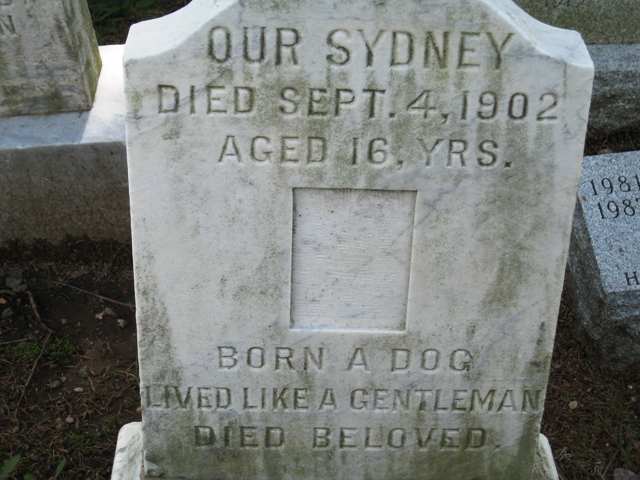
Indeed, the Hartsdale Pet Cemetery is rich in animal tales and history. That’s why I spent a few hours of my birthday weekend at the “Peaceable Kingdom” to see what I could dig up. Really bad pun intended.
As we walked up and down the rows of monuments, I experienced numerous emotions. I got tears in my eyes when I saw all the photos of long-lost pets and read the sweet epithets their humans had written. And I stared wide-eyed in astonishment at some of the most outlandish tombstones I’ve ever seen – some more lavish than you’d find in a cemetery for humans.
I also chuckled at some of the pet names, like Grumpy, Kitty Litter, Mr. Thomas, Romeo (not Romeow, like my cat’s name), and Peggy. As I pointed out to my mom, a lot of pets shared my name in the 1920s; perhaps because the song Peg O’ My Heart came out in 1913 and the film of the same name was released in 1922.
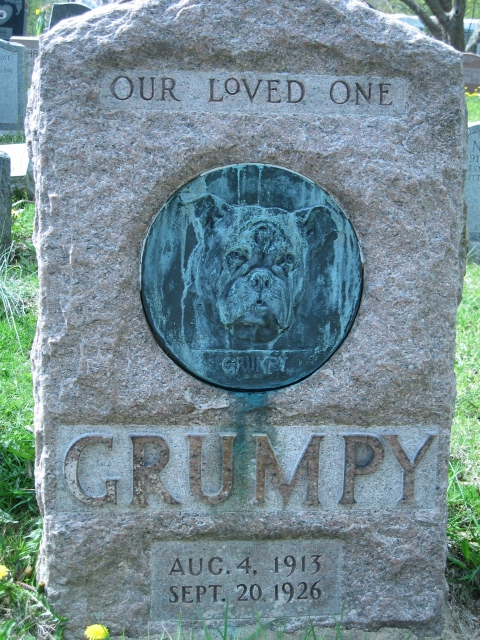
Each monument is a treasure in its own way, but there was one in particular that caught my fancy. The plain white monument looks as old as it is, and has an empty indentation where, I later learned, was once a photograph of a Collie. The monument reads:
Our Sydney
Died Sept. 4, 1902
Aged 16 Yrs.
Born a Dog
Lived like a gentleman
Died beloved
The monument is also inscribed “A.R. De Voe.”
So who was A.R. De Voe, and what was his story, I wondered. Was he a wealthy man? Did he have a wife and children, or was Sydney his only beloved “child”? I did some more digging, and found a great old New York story about a fascinating woman.
Mrs. A.R. De Voe
A.R. De Voe was born Annie R. Kimmey in Albany County, New York, in 1847 (give or take a year). Her dad, John J. Kimmey, ran a feed store, and her mother, Eva, kept house. She also had a younger brother named Charles (Chas).
Sometime around 1870 she married Jacob W. De Voe, who worked as a shop clerk. According to the 1870 census, in that year the couple was living with Annie’s parents and brother in Greenwich Village.
In 1874, Annie gave birth to her only child, who was named Edith T. Tragically, the child died in 1880. Jacob also apparently died later that same year, as Annie declared herself a widow living at 40 West 25th Street on the 1880 census.

A few years after her husband and daughter died, Annie moved across the street to 51 West 25th Street. It was while living at this address that she must have adopted Sydney. I imagine the dog provided much comfort and companionship for this young woman who had lost so much so earlier in life.
It was also during the late 1880s or so that she met the millionaire John Irvin Beggs, who worked with Thomas A. Edison as manager of the Edison Electric Illuminating Co. Annie, who was described as being “a small woman, trim and handsome,” had reportedly gone to the Edison Company to request an inspector come to her house in preparation of installing some electric lights. Beggs offered to come to her home to conduct the inspection, and the two soon became friends.
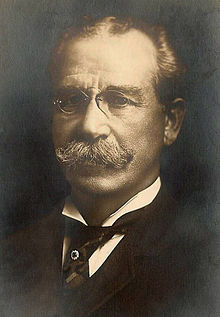
“The Little Waldorf”
Soon after meeting Beggs, Annie sought his advice on a four-story brick row house at 28 West 25th Street that she wanted to purchase as an investment property. This home was previously owned and occupied by Lucretia Stevens Rhinelander – the widow of George Frederic Jones – and her daughter, Edith Newbold Jones.
If these names don’t ring a bell, perhaps they will when I tell you that Edith, aka Miss Pussy Jones, married Edward Robbins Wharton at this home in 1885 when she was 23 years old.
According to reports of a mortgage-related lawsuit that Annie filed around 1912, Beggs apparently lent her $15,000 to purchase the 32-room house. She made $5,000 worth of renovations in 1893 and turned it into a boarding house, which was known as “The Little Waldorf.” Annie moved into the house in 1894, and Beggs reportedly also took a room there to use whenever he did business in New York (he was living in St. Louis by this time).
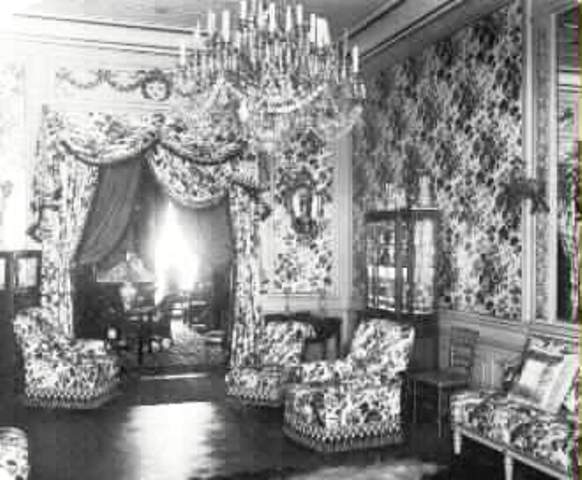
The Tokeneke Beach Inn
In January 1901, Annie’s mom passed away (her father passed earlier). Then the following year, it was Sydney’s turn to leave Annie and this world behind. I imagine that Annie would have brought the dog to the New York Veterinary Hospital, where Dr. Johnson worked, as it was just a block away from her house at 117 West 25th Street.
In the early days of the Hartsdale Pet Cemetery, it was customary procedure for people to drop off their deceased pets at Dr. Johnson’s office, where they would be documented, placed in zinc-lined caskets, and transported to the cemetery by train. Internment cost $10 to $25 for dogs and $12 for a cat or other small animal.
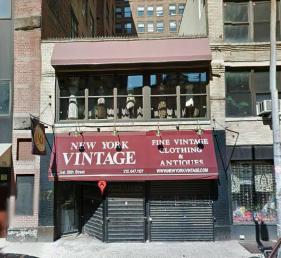
Five years after Sydney died, Annie De Voe started working as the manager of the Tokeneke Beach Inn on the Long Island Sound in Rowayton, Connecticut. A few years later, in April 1910, she and her neighbor, Mrs. Bertha Bartlett, sold their adjoining homes on West 25th Street to the Realty Holding Company. Annie placed advertisements in several New York papers announcing that the contents of the home were being sold at auction.
According to the ads, the palatial home was furnished with Louis XV furniture, a Knabe upright piano, Tiffany clocks, ivory carvings, oil paintings, and Oriental rugs, and there was a wine cellar filled with imported wines. The two homes were immediately torn down and replaced by a 12-story mercantile building and a 12-story loft building.
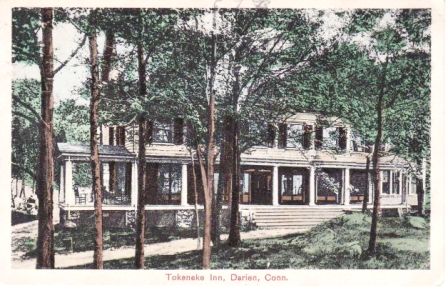
An article in the Evening Telegram on June 18, 1912, reported that she was suing Beggs for $40,000. In her suit, Annie asserted that “she is without a husband and dependent upon her own resources.” She said she had relied on Beggs’ judgment when she purchased the house at 28 West 25th Street; however, the article does not provide any additional details.
At some point in time, Annie purchased the “Mountain House” (aka Mount Prospect House) property in Montclair, NJ. In 1916, title to this property passed to John B. Peterkin, but Annie stayed on as the proprietor of a family hotel at the estate, which was marketed as “Always open. Top of mountain. Splendid view. A.R. De Voe, Prop.”
Annie De Voe passed away on May 6, 1932, leaving an estate worth just over $11,000. I do not know where her burial took place, but I’m sure she and Sydney have connected on the other side.


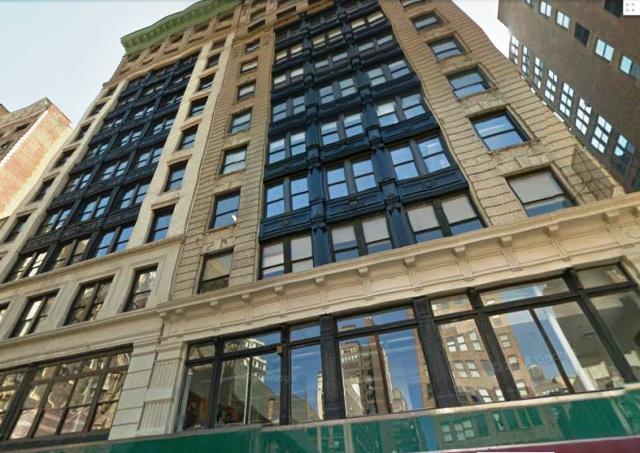

Marge and Peggy,
I enjoyed reading about your adventure! Marge, it was so nice to see you for breakfast….and Happy 50th, Peggy!
Barbara
Thank you, and so glad you’re enjoying these animal stories.